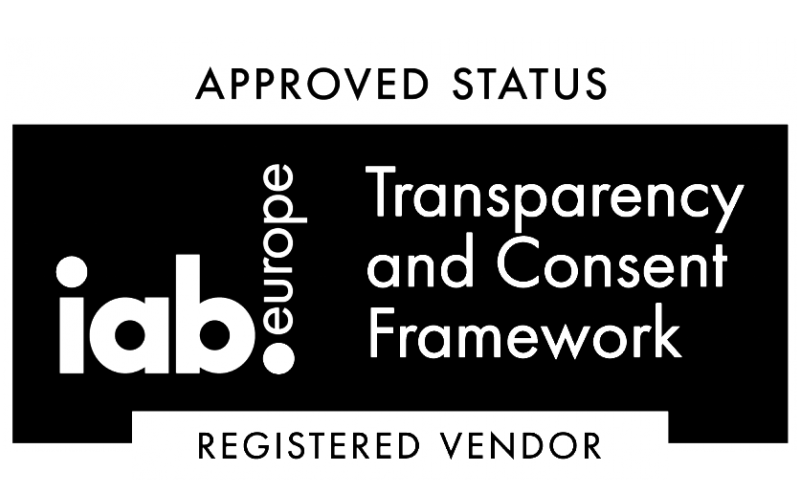Cracking Underserved Markets: Key Product Steps

There are a lot of different ways to approach unexplored markets as a business. But for many, following the footsteps of other companies and casting a wide net to test the waters is often the first step. The main problem with this strategy is that you’re not the only fisherman in the sea. A lot of other businesses are fishing the same waters—using similar tactics and all trying to carve out their own share of the market. Unfortunately, this can quickly lead to pricing wars, cutthroat competitive marketing campaigns, and sinking profit margins.
Shifting your focus to smaller market segments can often be a better approach to gaining more recognition in the industry and closing more profitable sales. Below are some key strategies you can follow when starting to develop your products or services for these underserved markets.
Find Out What’s Missing
When you first start exploring undeserved markets, the first question you should ask yourself is “why”. This all starts with taking a deep dive into the demographics that represent these markets, to understand if and where they need a solution like yours.
Collect information provided by industry reports or even small focus group surveys to help you with this effort. Don’t make assumptions based on broader market intelligence. Take the time and resources necessary to conduct your own segmented market analysis that helps to uncover any unique challenges business owners may have.
For example, if you’re marketing a comprehensive HOA platform, try reaching out to property management groups or real estate organizations to learn more about local markets. This will help you to keep your products aligned with what your target audience is actually looking for.
Focus on Providing Cost-Effective, Affordable Solutions
There are many reasons why smaller markets go underserved, leaving niche requirements unmet, including incorporating specific technologies, unique business models, special language and accessibility requirements, or more customizable pricing structures.
Understanding where these gaps in the market are can give you the perspective needed to create products that fit those business needs. For example, if your business focuses on improving HOA processes, and notices that your existing software may be too complex for smaller organizations, you may want to focus on creating more streamlined and budget-friendly software versions instead of trying to build out commercial-grade features.
By adapting your products so they’re not only affordable, but have all the features your target market actually needs, it makes it much easier to bring in new leads and move them through your marketing funnel.
Quickly Build Credibility
Underserved markets may be generally skeptical about new brands trying to market their products or services. To get past this initial skepticism, it’s important to look for ways to add more credibility to your messaging and build elements of trust.
At the core of this initiative should be creating honest and transparent outreach programs. This means focusing less on selling and more on communicating who you are, what your business does, and why you’re introducing certain solutions.
A great way to reinforce this authenticity is by offering free trials and demos of your products. Allow your products to speak for themselves and allow your target audience to experience first-hand how they can benefit their situation. This helps to take away the pressure of potentially making poor purchasing decisions and also gives them the opportunity to engage with your brand and see how supportive it can be to their business.
Create a Unique Marketing Strategy
When you start exploring new marketing segments, it can be tempting to try to rinse and repeat what’s already proven successful when targeting other market groups. However, the better approach is to assume that each marketing segment needs its own unique approach.
For example, you may already have experienced a certain amount of success when using certain advertising strategies to reach newer audiences. But there is a good chance that the keywords you’ve used for these campaigns aren’t likely to have the same impact as those focused on more niche topics.
You may also want to consider other ways to connect with newer audiences outside of traditional advertising formats. This might include reaching out to local community organizations, partnering with other industry-relevant businesses, or creating a referral program.
Keep Your Business Model Sustainable
Shifting your focus to smaller business segments can help you find and secure new revenue sources. However, you need to be careful that the extra attention you’re placing on these market segments doesn’t compromise your ability to provide a high quality of service to all your customer groups.
Achieving this requires a good balance between your customer acquisition and retention processes. Make sure you’re creating a sustainable budget, focusing on providing great customer support, and introducing elements like loyalty programs or other initiatives that show “all” your customers you have their best interests top of mind.
Consider Who Your Niche Competitors Are
It can be easy to get into the habit of thinking that if you have certain top competitors you’re facing in one market, they’re likely to be the same in all the markets you explore. While there may definitely be some overlap, in most cases, niche markets will have a completely different set of businesses you’ll be competing against.
Even if your direct competition is still relatively low, it’s still important that you take the time to research each niche market individually. This will make sure you’re constantly adapting your strategies to help your business stand out from other businesses offering similar products or services.
Give Your Business a Marketing Edge
Turning over stones and discovering niche markets to explore can be a great way to add additional revenue sources to your business. However, it’s important to approach each of these markets carefully in order to extract their full value. By following the guidelines discussed, you’ll be able to expand your business reach while providing helpful products and services to underserved businesses and communities.
Michael Bollinger, a Lexington, Kentucky-based entrepreneur, has left a lasting mark on the tech and software landscape. As the founder of LegFi and File990, Michael launched PayHOA.com in 2018 after Togetherwork acquired his first two ventures.
Stay tuned!

- Contacto DPO: privacy@telecoming.com
- Finalidad del tratamiento: suscripción al blog.
- Legitimación del contrato: consentimiento.
- Destinatario de cesiones o transferencias: no se efectúan transferencias de datos fuera de la UE.
- Derechos de las personas interesadas: acceso, rectificación, supresión, oposición, limitación del tratamiento, portabilidad de los datos e interposición de reclamación ante la AEPD.



